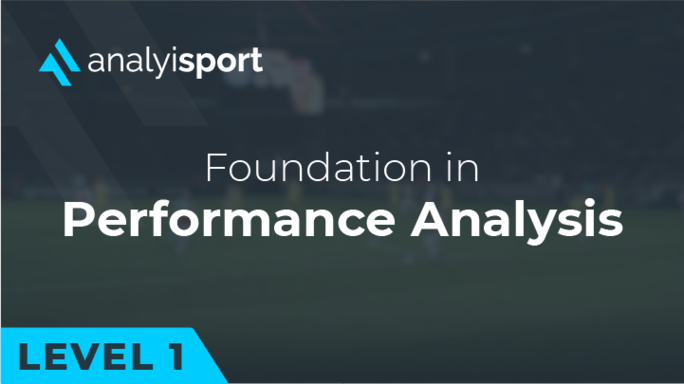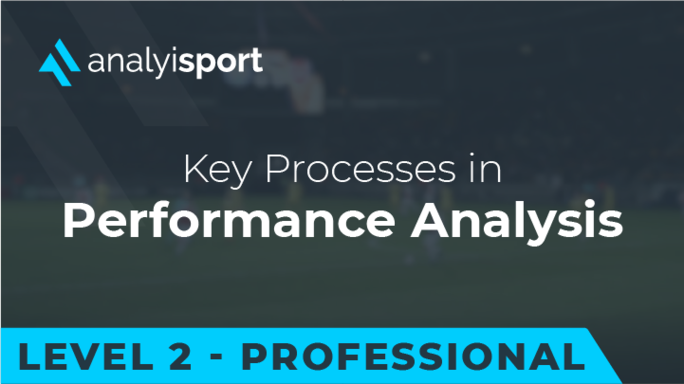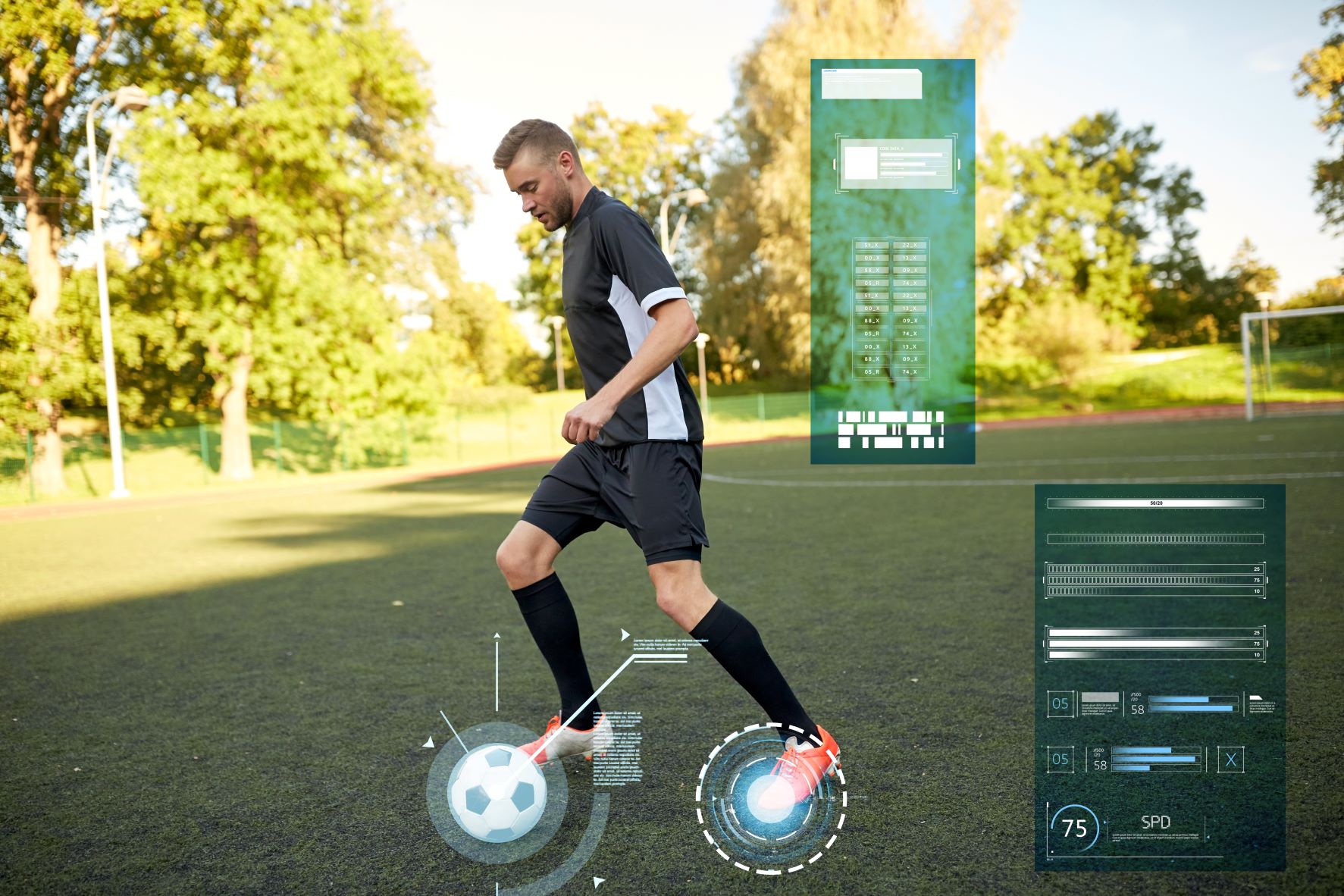How Data is Being Used in Injury Prevention in Football
Injury prevention has progressed rapidly in recent seasons as clubs have become increasingly aware of how much they can help alleviate risks to players.
Players’ lives are being managed to ensure that players are able to perform physically at the most optimal level throughout a season.
Clubs make considerable capital investment in player recruitment and combined with player wages, they want to ensure that players are available for the maximum amount of time through a season. If players are unavailable through injury there is a financial loss due to lack of playing time and also how this potential affects results.
Players are now at increased risk from injury, due to a range of factors including fatigue, conditions and an increased playing calendar leading to players being overworked on the pitch.
FIFPro is regularly issuing warnings that players are being overloaded but the football calendar continues to increase, rather than decrease, load. The physical stress on the bodies of players has never been as high as it is now with players like Marcus Rashford calling for more rest between games. “Injuries, you can’t predict when they are going to happen. Thankfully, I have had very few muscle strains and those type of injuries. Occasionally you do get impact injuries and the majority of my injuries have been that.”
The Role of Data in Injury Prevention
There has been an explosion in data used by clubs in order to help prevent injuries over the last 10 years. The quality and price of technology means that many more areas of player performance are now measured. Training sessions will see thousands of areas of data analysed before, during and after sessions to monitor the current well being of players.
Technology ranges from tracking players sprints through GPS, measuring the Vo2 max of players through special treadmills and facemasks or even down to some monitoring blood in order to measure specific markers of inflammation.
Usually the initial base of work has to be done in the preseason period. New players may arrive at the club and old ones will need to be retested to see how they hold up.
Base levels of output are measured as players will be at their peak fitness, although may be lacking in match sharpness. This helps the medical staff examine players throughout the year.
GPS trackers may be able to spot when a player is about to hit a downturn due to them not completing as many sprints per 90 as they had done compared to preseason levels. The reality is that issues are not just physical injuries, but also mental fatigue as well. The player may appear to be physically fine, but the underlying numbers may be dwindling as the player struggles to cope with the demands.
Clubs are now hiring specific coaches for specific areas of fitness and well being. There will be club doctors, sports psychologists and physios. But there has also been incoming roles for people such as soft tissue therapists, nutritionists and even sleep coaches. Data is collected for all these people to analyse and manage players so that they can be at peak performance throughout the season.
How Can Data be used to Mitigate Injury Risks
The latest era in football injury analysis now comes from AI integration with the massive data sets clubs have. It would be impossible for one person to be able to keep up with all the information that is gathered and processed, however by feeding into the AI the data and trends you want to be kept aware of there can be clear markers to help squad management.
At the most data-integrated clubs the systems are a combination of wearables, cameras and medical screenings which are combined with injury history of the player. However more progressive clubs may even do tests, like taking urine or blood, to examine important “biomarkers”. Biomarkers are objective ways to analyse the state of players’ well being. This will be all integrated into a system that will allow teams to define what they feel are risk tolerances for players.
This work is sometimes done in house with the creation of dedicated teams, this does require significant capital investment and a long term strategic view in infrastructure and people. Clubs need to consider the approach that they are taking as focussing on their own data does limit the data set that they are working with, they may not be able to compare with other datasets. If you have limited data you may not be able to compare your performances across others in the league. Another way is employing a third party to help with this, like Zone7 or Orreco.
The biggest factor of injury likelihood is previous injuries. This is where the data analysis will be important in managing players’ specific issues. Some squad members may require specially created training programmes so that they do not overwork themselves on the pitch and they may have to do less training than the squad.
The amalgamation of data sets combined with AI is also allowing teams to be able to create “flags” of when a player is more likely to be injured. This is not “predicting” injuries some might say, and companies like Zone7 and Orreco like to stress this, it is more like a warning sign to let medical teams know there might be a problem. The flagging technology allows for better squad management, but also football is a sport dealing with humans and the complicated situations that competition brings.
A biomarker flag may be raised that a player is not performing at their recorded levels, but the club may have an important season defining game and the player may feel that they can continue so they may be allowed to play.
Pacing players is an area that is having an impact on players throughout a season. The integration and analysis of data in this area is now a key consideration in injury prevention.
Tal Brown of Zone7 has explained that the work the company does means that clubs can “turn up the dial” on a player when needed.
Clubs are able to review fixtures and plan player loading and players are given rest in preparation. Most clubs will want to manage their squad so that they peak for the run into the end of the season when others are likely to be fatigued.
Enhancing Player Wellbeing and Longevity
As clubs look to embrace and integrate technology the likelihood is that injury risk will be reduced, but not nullified. The reality is that football is a contact sport and so all risk cannot be removed. Opponents will continue to do mis-time tackles, accidents will happen and unfortunately players careers will be interrupted or cut short. It is the reality of the game.
But even in the event of an accident the data methods being introduced, especially AI based ones, will allow players to recuperate in a more efficient and expedient way than previously.
Dr Matt Provencher of the Steadman Clinic examined the cliche that is often said by players that they will “come back stronger” after a big injury. Dr Provencher said that in most cases this can be true. He explained that athletes are sometimes biologically imbalanced. They may have explosive speed but this means they have overlooked core strength; they may have the best jump in the game but have not trained upper body strength.
These are just examples that can make a player muscularly “imbalanced”. In this sense when a player goes through rehab they can work on these imbalances and become a better all round player, especially with the aid of data to examine where these shortfalls are and to fix them.
The use of integrated data means that every step of the recovery process can be carefully managed. The biggest problem when returning from injury is the heightened risk of reinjury. This can all be managed through the injury being better managed through the recovery phase. There are protocols for injuries that must be met before a player can be considered to return. It is a rough step by step guide that is changed by the needs of each player. If the testing shows that a player is performing well via the numbers and how they feel then the recovery process may be sped up, alternatively if there are warning signs this can be slowed down.
This then adds potential longevity to the player’s career. If they are managed better through injury and reinjury risk is reduced then they are more likely to maintain fitness in the long term. This also goes for players previously injured and need to be managed more carefully. Data now means that player specific training can be done so that they can work to what is best for them.
Schedules look to add further injury burdens to teams and so clubs are going to have to work even smarter in the future to prevent player injuries. But this ushering in of data and fitness will see players be able to be managed better than ever before. Every area that can affect player health is now being managed.
Injury analysis has become more refined recently as every strand of data possible is woven together in a tapestry to create player profiles. Medical staff are now being further helped by AI, new technology platforms and innovative platforms like those developed at Zone 7.
Related Courses:

- Level 1
- Course
Level 1: Foundation in Performance Analysis in Football
£199.00 Original price was: £199.00.£85.00Current price is: £85.00.

- Level 2
- Course
Level 2: Key Processes in Performance Analysis in Football
£199.00 Original price was: £199.00.£149.99Current price is: £149.99.
Share this article
Our Learning Pathways
AnalyiSport is for everyone who is passionate about analysis in football. Where are you in your development journey?
Become a Football Scout
As more clubs than ever look to build data into their recruitment process, an understanding of recruitment analysis is your ticket to success in the game.
Related Articles
Our team provides news and insights from the cutting edge of football analysis.





